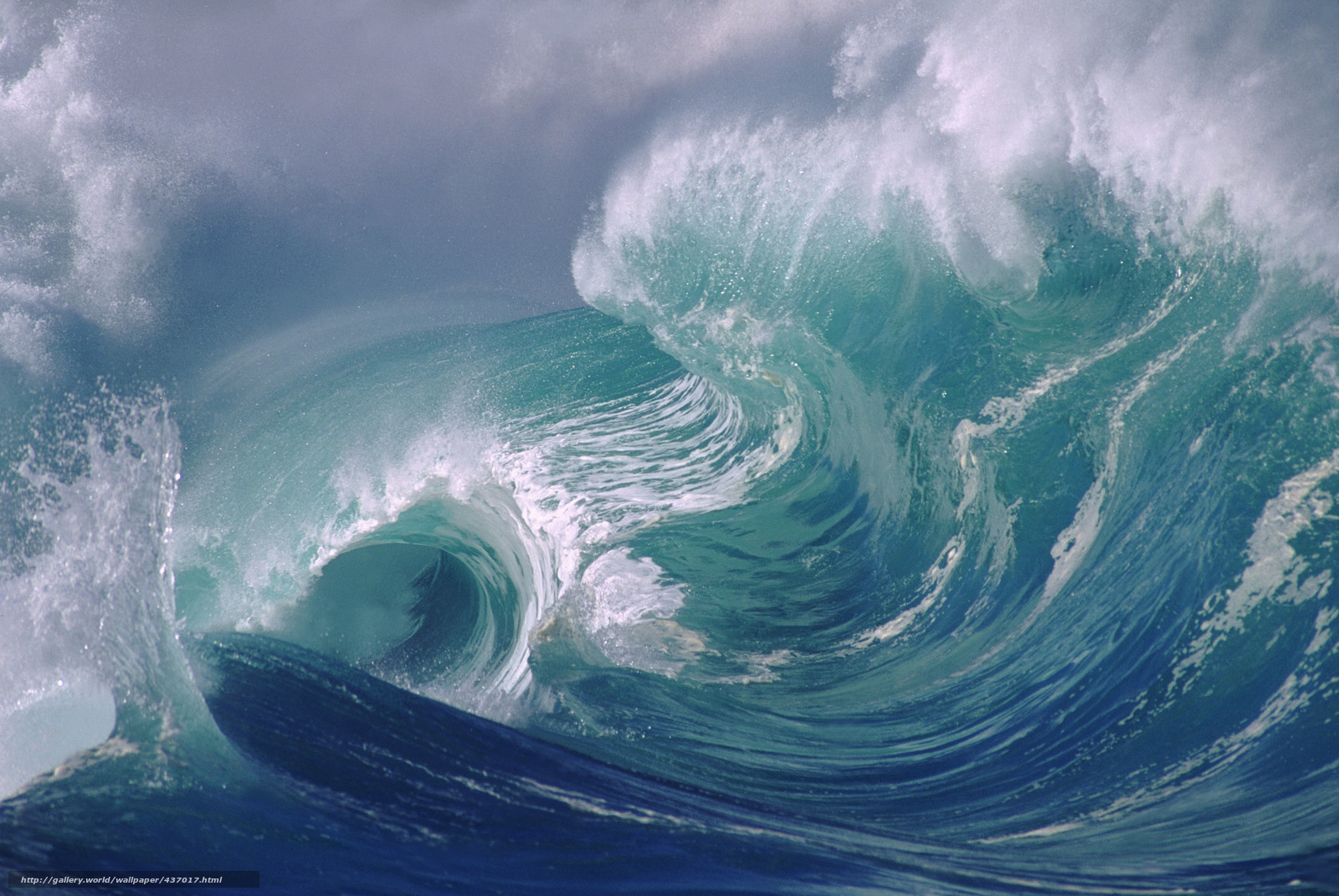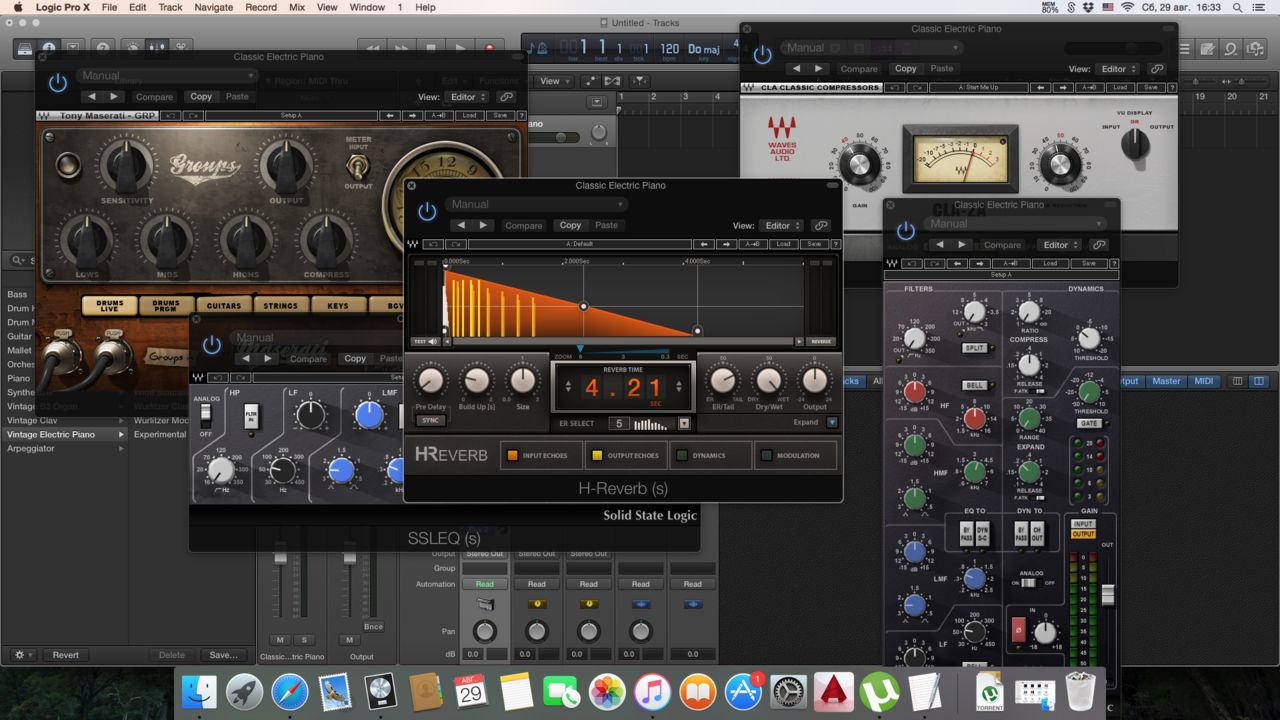

This can be a very confusing pattern for many as it's also known to cause a lot of losses for intraday traders - it's AKA a "choppy" market period.Īs wave A is not five-waved and powerful enough, the retracement of wave B is considered strong.

Although it is called the Regular Flat Correction, it is not the most common one and the second most common consolidated corrective pattern.Most of the time, Waves B/C go some degree above or below of Wave A (just to trick people into believing a breakout occurs, hence, choppy!).Wave C is impulsive, but does not go much below Wave A.It's a sideways movement - Wave A and Wave B are corrective.

❗The ABSOLUTE most important thing is to just observe in corrective waves unless you are a true day trader. Otherwise, watch for overall market structure to avoid overtrading in corrections since these are the most trickiest. Once you achieve an overall picture of the structure (about 70% through), you can start considering on entering a position to increase your probabilities and risk of not over trading. The Expanded Flat is the second most common one under the flat corrections. Wave C is considered an impulse or ending diagonal and ends lower than the low of wave A.Wave B ends higher than the beginning of wave A.Wave C is also extended and goes deeper than wave A.Wave B makes a fake breakout above the last high.Expanded flat is a corrective wave pattern with an extended wave B, which reaches higher than the start of wave A.Confused already? Go back and re-read everything.


 0 kommentar(er)
0 kommentar(er)
